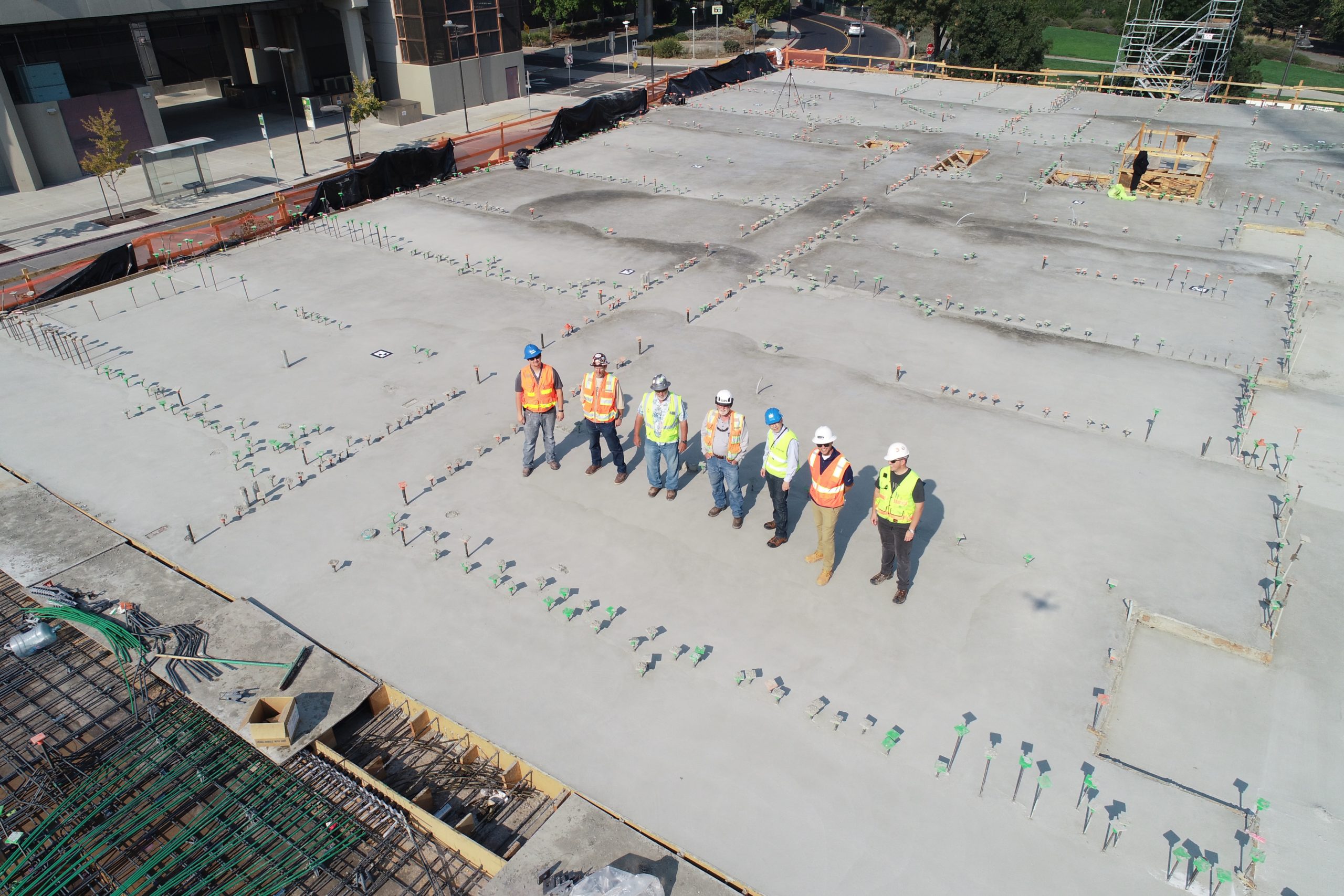Workplace diversity has been an ongoing conversation in the construction industry, which has only continued to heat up over recent years. To say that there is a lack of diversity would be an understatement. According to recent numbers, about 88% of construction employees are white and 90% are men. And – before you ask – this includes all types of positions, from those in the office to those who are on site.
There are a few different reasons for this – a lack of inclusion being a big one. Women and minorities are much more likely to experience harassment while at work, and many may not feel comfortable on the job and quickly leave the position. Beyond that, there may also be deliberate exclusions in hiring processes, and there are often issues with pay gaps for the same work done.
This is definitely a big and multifaceted issue that needs to be addressed, not only to curb the inequalities and misrepresentation but also to better address the current talent shortage that many companies and contractors are currently suffering from.
So, what can be done to address diversity in the construction industry? You will need to look at every aspect of the job.
Hiring
This is the place to start your audit. Begin by looking at the systems in place and who is involved in the process. If you do not have a diverse hiring team, you are unlikely to bring on diverse candidates. It is important that you make sure these individuals go through bias training, which can come up consciously or unconsciously during the interview process.
The workplace
As you grow the diversity in your team, you need to make sure that everyone feels safe while they are at work. Employees need to know that discrimination or harassment of any kind will not be tolerated and understand exactly what they should do if they personally experience or witness anything of the sort.
It is critical to make sure that there is follow-through when a report is filed; this will reinforce to the rest of the team how serious this issue is being taken by management. Beyond this, it is important to make sure that your employees feel like they are valued, and that they bring value to their work. This is a critical step to creating a culture of inclusion.
Recruitment
Focus on participating and engaging with a more diverse set of professional associations. Particularly ones that have women or minority groups at their core (e.g., Society of Women Engineers, etc.) You should also look into partnering with organizations or schools that help prepare individuals to enter the trades. This is a good way to expose your company to candidates, and vice versa.
Photo by Scott Blake on Unsplash









